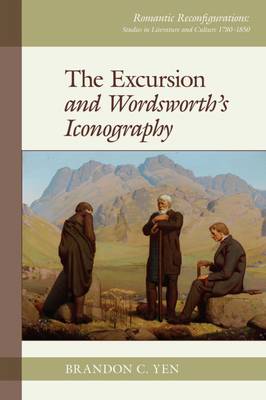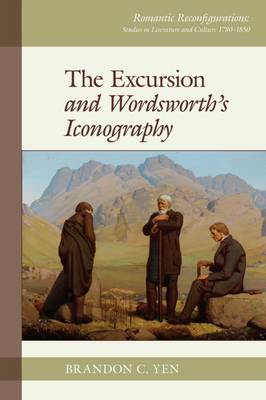
- Retrait gratuit dans votre magasin Club
- 7.000.000 titres dans notre catalogue
- Payer en toute sécurité
- Toujours un magasin près de chez vous
- Retrait gratuit dans votre magasin Club
- 7.000.0000 titres dans notre catalogue
- Payer en toute sécurité
- Toujours un magasin près de chez vous
The Excursion and Wordsworth's Iconography
Brandon C YenDescription
This book considers William Wordsworth's use of iconography in his long poem The Excursion. Through the iconographical approach, the author steers a middle course between The Excursion's two very different interpretive traditions, one focusing upon the poem's philosophical abstraction, the other upon its touristic realism. Fresh readings are also offered of Wordsworth's other major works, including The Prelude.
Yen explores Wordsworth's iconography in The Excursion by tracing allusions and correspondences in an abundance of post-1789 and earlier verbal and pictorial sources, as well as in Wordsworth's prose and poetry. He analyses how the iconographical images in The Excursion contribute to, and impose limitations on, the overarching preoccupations of Wordsworth's writings, particularly the themes of paradise lost and paradise regained in the post-revolutionary context. Shedding light on a vital aspect of Wordsworth's poetic method, this study reveals the visual etymologies - together with the nuances and rhetorical capacities - of five categories of apparently 'collateral' images: envisioning, rooting, dwelling, flowing, and reflecting.
Spécifications
Parties prenantes
- Auteur(s) :
- Editeur:
Contenu
- Nombre de pages :
- 336
- Langue:
- Anglais
- Collection :
- Tome:
- n° 5
Caractéristiques
- EAN:
- 9781800856639
- Date de parution :
- 01-09-21
- Format:
- Livre broché
- Format numérique:
- Trade paperback (VS)
- Dimensions :
- 156 mm x 233 mm
- Poids :
- 553 g

Les avis
Nous publions uniquement les avis qui respectent les conditions requises. Consultez nos conditions pour les avis.






